When it comes to guitar effects, signal chain is extremely important. I have spent hours and hours switching around the order of my pedals to see how they work together. The important thing about signal chain is that there are no rules! There are no right or wrong actions, different outcomes. In order to find YOUR sound, you will need to experiment, but I hope that I can provide you with a good starting point.
Pedals with a Temper
First we want to start out with temperamental pedals. Things like wahs and fuzzes react weird with other pedals. Classic fuzz pedals are very sensitive to the impedance and input volume of your guitar, so putting it later in the chain can make it react differently. Try putting these as early as possible. If you have problems getting your wah and fuzz pedal to play nice with each other, click here.
Dirt Pedals
Next you have your dynamics and dirt section. Here is where you put all of your overdrive, distortion, compression pedals. There are no rules, but I generally like my drive pedals in order from least amount of gain to the highest gain. This is because I personally like to stack drive pedals. You can place a compressor pedal before or after a drive pedal, but it has different effects. Compression before drive gives the sound a more even pick attack, and even response from the drive pedals. Compression after yields a more dynamic pick attack from the drive pedals, but contains the overall volume.
Modulation Pedals
Generally, after the drive section is modulation. This is where people normally put things like chorus, vibrato, phase, octave, and tremolo (although tremolo can go anywhere to produce wild effects). This section can be fun to experiment with, so go crazy, and find something original.
Time Based Effects
After modulation usually comes time-based effects like delay and reverb. Delay before reverb yields a spacey yet clear ambience, where the repeats are clean and defined. Reverb before delay smears the definition of the delay, which can create cool ambient effects. Don’t be afraid to stack delay or reverb pedal (yes, that’s a thing).
Effects Loops
If you have an effects loop, you may want to dry to place your modulation and time-based effects in the Effects loop. If you would like to know more about Effects loops, click here.
Free Pedal Board Setup Resource
If you are interested in learning more about pedalboard setup, check out our free resource, Pedal Board Setup: The Ultimate Guide.
Closing Thoughts
Just as a reminder, these rules are just starting points, and should be broken flippantly without caution. Eric Johnson ran his delay pedal into his chorus, then into a driven amp, and his tone is amazing! How is that for breaking the rules? Use these guidelines as a baseline, change things one at a time, and listen to the effects that it has on your sound. If it sounds better one way, then it is better! Don’t be afraid to be original, after all, it is YOUR sound.
I hope this was helpful in equipping you to find YOUR sound! If you found this article helpful, please follow Moustache Audio on social media, and take a look at our products here on our website.

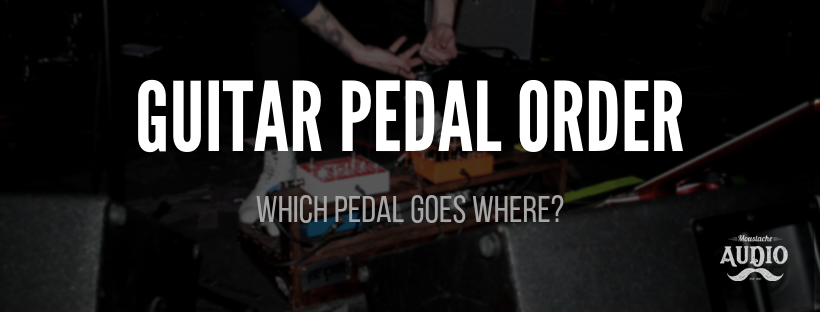
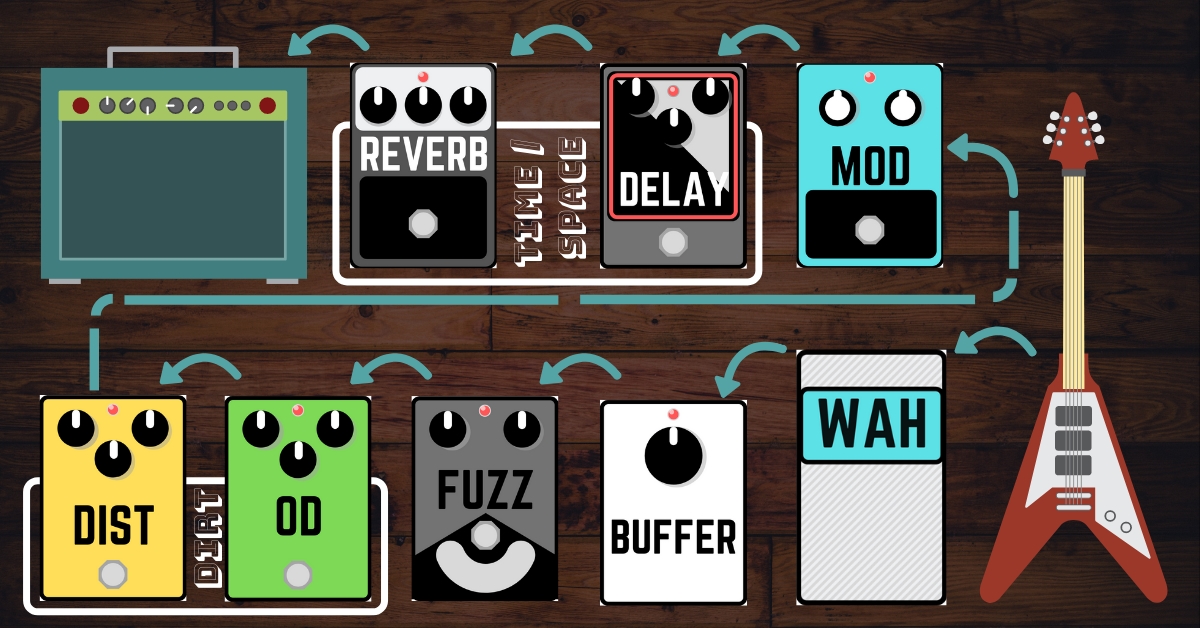
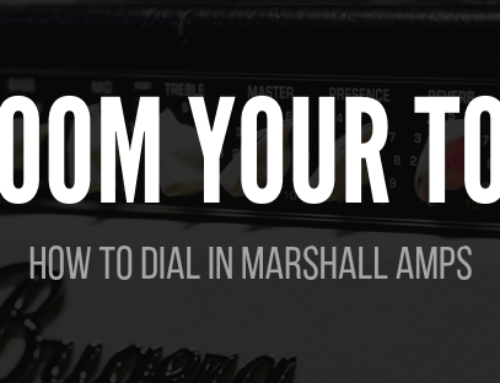
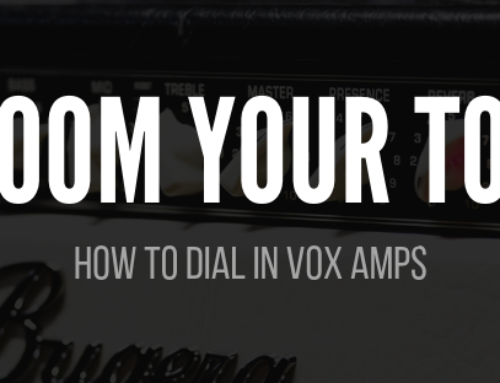
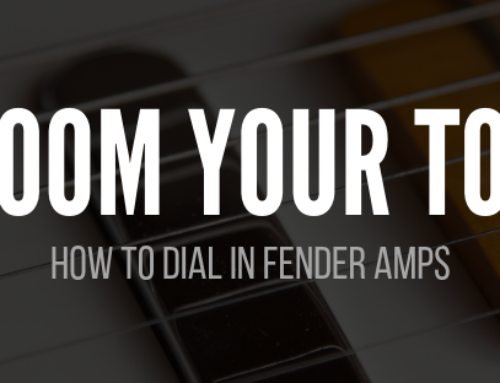
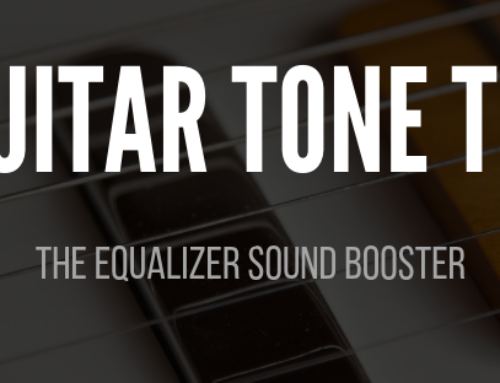
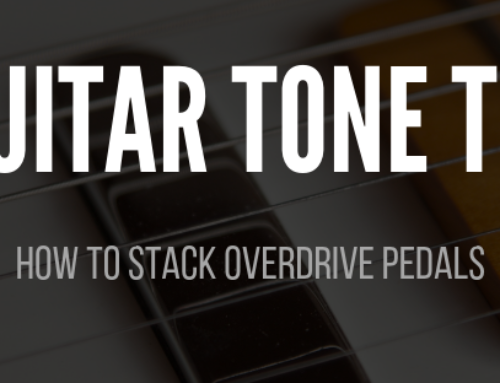
Leave A Comment